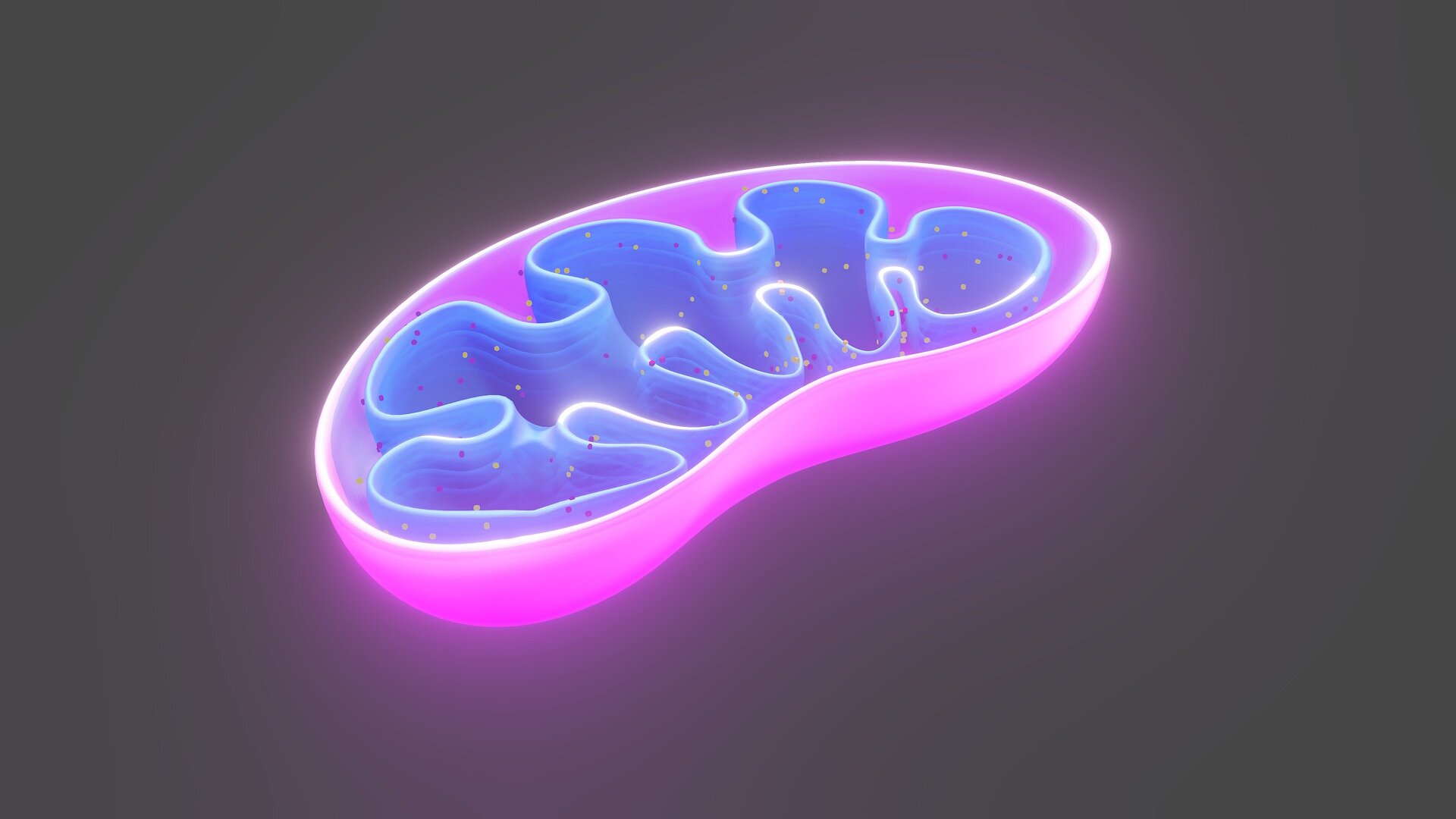Artificial organelles based on hybrid protein nanoparticles
Date: 11.4.2022
Researchers are working on ways to make artificial organelles that add new functionalities to cells or correct dysfunctional processes in cells, for example as a therapy for metabolic diseases. This can be achieved by using synthetic components to produce artificial organelles outside the cell or by using components made in the cell. And it's the latter approach that Suzanne Timmermans explored for her Ph.D. research through the use of protein nanoparticles.
 For her Ph.D. research, Suzanne Timmermans used protein nanoparticle to develop artificial organelles that could do new jobs in the cell. These microscopic particles are composed of viral capsids (the protein shells of viruses) to which a stabilizing protein domain was added.
For her Ph.D. research, Suzanne Timmermans used protein nanoparticle to develop artificial organelles that could do new jobs in the cell. These microscopic particles are composed of viral capsids (the protein shells of viruses) to which a stabilizing protein domain was added.
Timmermans demonstrated that the nanoparticles are stable over prolonged times under conditions that are comparable to those inside cells. This is crucial for the correct functioning of an artificial organelle, as it would be very destructive if it were to disintegrate and lose its function inside the cell. In addition, the stabilizing domains enable the nanoparticles to react to their environment by changing their size. The natural processes in the cell often demonstrate such responsive behavior, so it is very important to mimic this.
The protein nanoparticles used by Timmermans consist of an empty core. She demonstrated that it is feasible to encapsulate enzymes in that core. This was achieved both outside of cells and within living cells. Specifically, the latter finding is very promising for the development of an artificial organelle.























